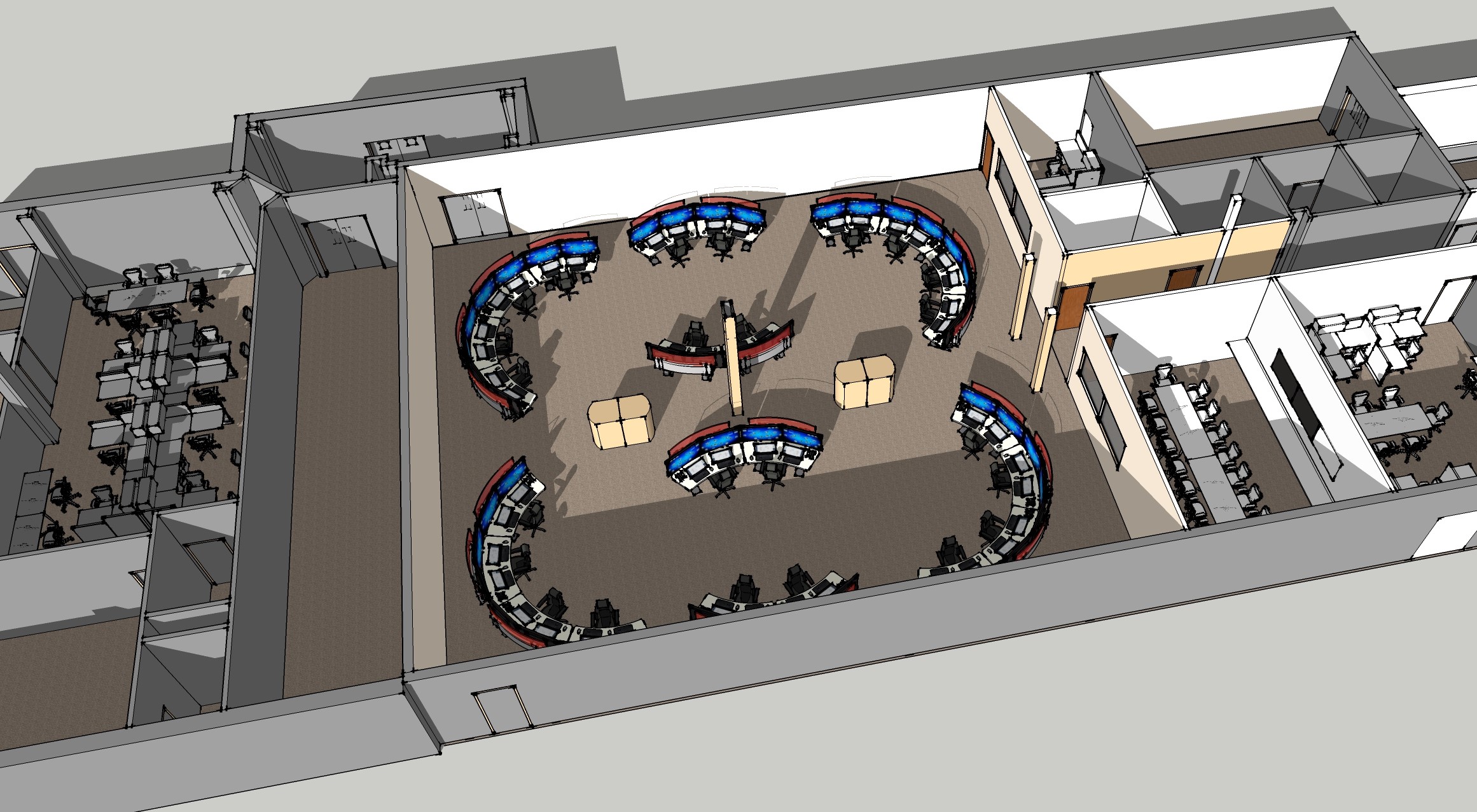The Importance of Acoustic Design in Control Rooms

Control rooms are high-stakes environments where quick, clear decision-making is essential. One often-overlooked aspect of control room design is acoustics, which plays a key role in enhancing operator focus, reducing fatigue, and ensuring efficient communication. At User Centered Design Services, we understand how proper acoustic design contributes to overall performance in these critical spaces.
Here’s why acoustic design should be a priority when planning or upgrading your control room.
- Minimizing Noise Distractions
Background noise—from equipment, HVAC systems, and conversations—can become overwhelming in control rooms. Without proper sound management, this noise leads to distractions and increased stress. Effective acoustic design absorbs or diffuses sound, reducing ambient noise and helping operators stay focused.
We use sound-absorbing materials, such as acoustic panels and flooring, to create a quieter environment where operators can concentrate on their tasks.
- Improving Communication
Clear communication is crucial in control rooms. Operators need to share information accurately and quickly, especially in time-sensitive situations. Poor acoustics can make it difficult to hear and understand colleagues, leading to miscommunication.
By incorporating acoustic treatments that reduce reverberation, we ensure that conversations are clear and intelligible, even in large or busy control rooms.
- Reducing Operator Fatigue
Excessive noise can lead to cognitive overload, forcing operators to work harder to block out distractions. Over time, this can result in stress and fatigue, affecting productivity and decision-making.
By designing an acoustically comfortable space, we help reduce mental strain on operators, keeping them alert and focused during long shifts.
- Enhancing Sound Cues
Control rooms often rely on sound cues like alarms or alerts to prompt quick responses. Poor acoustics can obscure these signals, increasing the risk of missed or delayed actions. Our acoustic design ensures critical sounds are easily distinguishable, helping operators respond quickly and accurately.
- Integrating Technology Seamlessly
Modern control rooms are filled with technology, from video walls to communication systems, all of which can generate noise. Proper acoustic design considers these technological elements, ensuring they don’t disrupt the auditory environment.
Acoustic Design for Optimal Performance
At User Centered Design Services, we know that acoustic design directly impacts control room efficiency and operator well-being. By managing noise levels, enhancing communication, and ensuring sound clarity, we help create high-performance environments.
